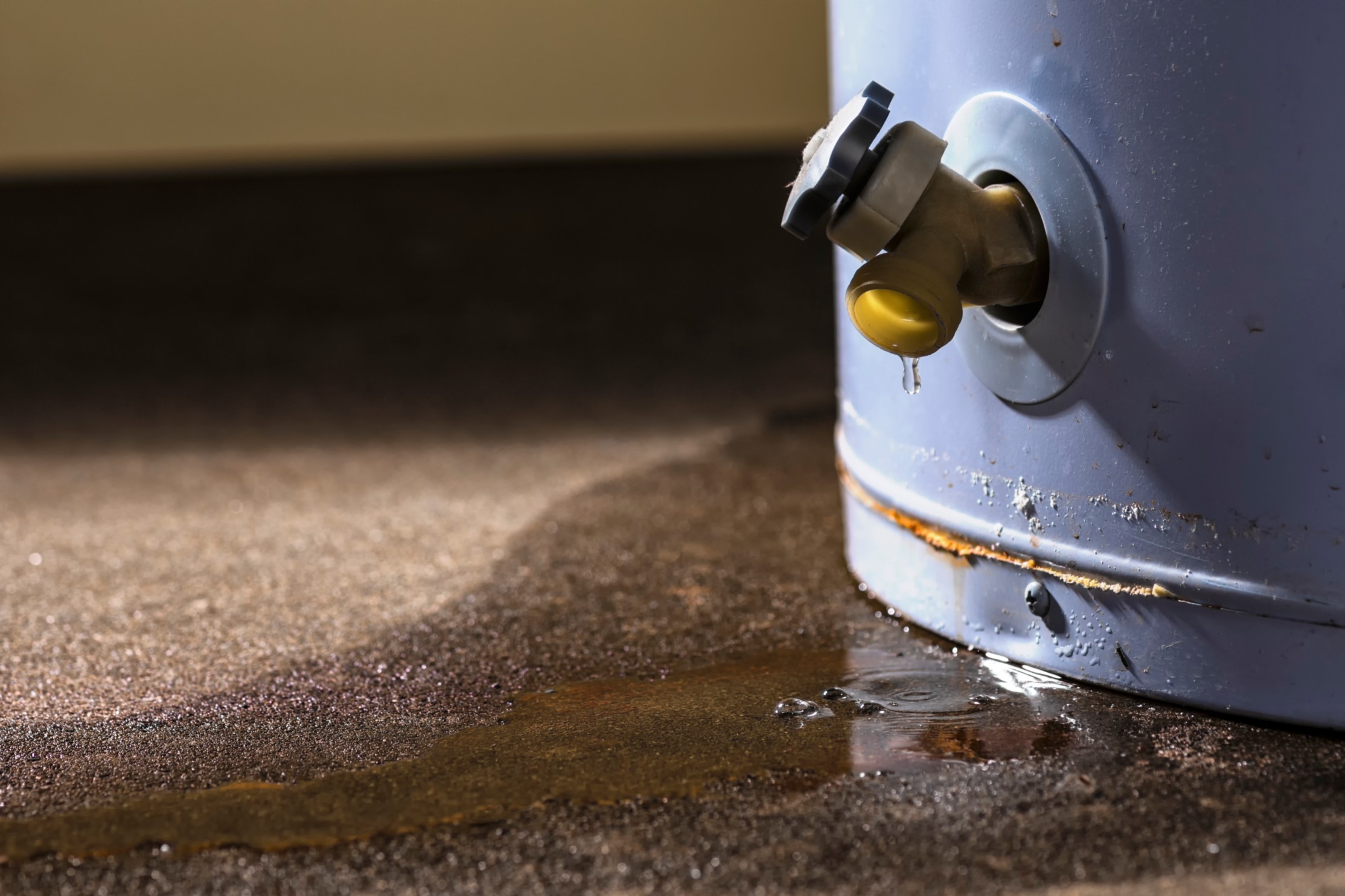Steps to Properly Maintain Your Home's Hot Water SystemMaintaining Your Home's Hot Water System: Important Tips
Steps to Properly Maintain Your Home's Hot Water SystemMaintaining Your Home's Hot Water System: Important Tips
Blog Article
Just about everyone may have their own individual theory with regards to What Kind of Maintenance Do Water Heaters Need?.

Hot water is crucial for everyday convenience, whether it's for a rejuvenating shower or washing recipes. To ensure your warm water system runs successfully and lasts longer, normal upkeep is crucial. This post offers useful tips and understandings on exactly how to keep your home's warm water system to prevent disturbances and expensive repair work.
Introduction
Keeping your home's warm water system may seem challenging, but with a couple of easy actions, you can ensure it runs efficiently for many years to come. This overview covers everything from understanding your hot water system to do it yourself upkeep suggestions and knowing when to contact professional aid.
Significance of Keeping Your Warm Water System
Regular upkeep not only extends the life-span of your hot water system yet also ensures it operates successfully. Ignoring upkeep can cause decreased performance, higher energy bills, and also premature failure of the system.
Indications Your Hot Water System Demands Maintenance
Recognizing when your hot water system needs interest can protect against significant issues. Keep an eye out for signs such as irregular water temperature, odd sounds from the heater, or rustic water.
Purging the Hot Water Heater
Flushing your hot water heater removes debris build-up, improving effectiveness and lengthening its life.
Monitoring and Changing Anode Rods
Anode rods stop corrosion inside the storage tank. Evaluating and replacing them when worn is important.
Facility Issues Requiring Expert Aid
Examples consist of significant leaks, electric issues, or if your hot water heater is consistently underperforming.
Routine Expert Maintenance Perks
Specialist upkeep can include complete inspections, tune-ups, and ensuring compliance with safety and security criteria.
Examining and Adjusting Temperature Setups
Readjusting the temperature level settings ensures ideal efficiency and safety and security.
DIY Tips for Maintenance
You can carry out a number of upkeep jobs yourself to maintain your hot water system in top condition.
Checking for Leaks
Routinely examine pipes and connections for leaks, as these can cause water damage and higher expenses.
Recognizing Your Warm Water System
Prior to diving right into maintenance jobs, it's helpful to understand the basic elements of your hot water system. Usually, this consists of the water heater itself, pipes, anode poles, and temperature level controls.
Month-to-month Maintenance Tasks
Routine regular monthly checks can help capture small issues before they escalate.
Examining Stress Alleviation Valves
Examining the pressure relief valve ensures it operates appropriately and protects against extreme pressure accumulation.
Protecting Pipes
Insulating warm water pipelines lowers warmth loss and can conserve power.
When to Call an Expert
While DIY maintenance is beneficial, some concerns call for specialist proficiency.
Conclusion
Regular upkeep of your home's hot water system is important for performance, durability, and expense savings. By following these ideas and knowing when to seek specialist aid, you can make sure a trustworthy supply of hot water without unanticipated interruptions.
How to Maintain an Instant Hot Water Heater
Before tinkering with your hot water heater, make sure that it’s not powered on. You also have to turn off the main circuit breaker and shut off the main gas line to prevent accidents. Also turn off the water valves connected to your unit to prevent water from flowing into and out of the appliance. 2. When you’re done, you have to detach the purge valves’ caps. These look like the letter “T” and are situated on either side of the water valves. Doing so will release any pressure that has accumulated inside the valves while at the same time avoid hot water from shooting out and burning your skin. 3. When the purge valves’ caps are removed, you have to connect your hosing lines to the valves. Your unit should have come with three hoses but if it didn’t, you can purchase these things from any hardware or home repair shops. You can also get them from retail stores that sell water heating systems. Read the user’s manual and follow it to complete this task properly. When the hosing lines are connected, open the purge port’s valves. 4. You should never use harsh chemical cleaners or solutions when cleaning your unit. Make use of white vinegar instead. It should be undiluted and you’ll probably use about 2 gallons. 5. Now flush your water heater. This task should probably take about 40 minutes. We can’t give you specific directions for this because the procedure is carried out depending on the type, model and brand of your heater. With that being said, refer to the user’s manual. 6. When you’re done draining the unit, you have to turn off the purge port valves again. Remove the hosing lines that you earlier installed on each of the water valves. Put the valve caps (purge port) back in their respective places and be very careful so as not to damage the rubber discs that are found inside these caps. 7. Now that everything’s back in place, check your user’s manual again to find out how to reactivate your water heating system. 8. Once it is working, turn one of your hot water faucets on just to let air pass through the heater’s water supply pipes. Leave the tap on until water flows smoothly out of it. https://www.orrplumbing.com/blog/2014/september/how-to-maintain-an-instant-hot-water-heater/

I stumbled upon that page on What Kind of Maintenance Do Water Heaters Need? while surfing around the web. Do you know another individual who is serious about the topic? Feel free to share it. Kudos for your time. Please come by our blog back soon.
Call Us Today Report this page